6 best bulbs to plant in October for beautiful spring blooms — and how to do it
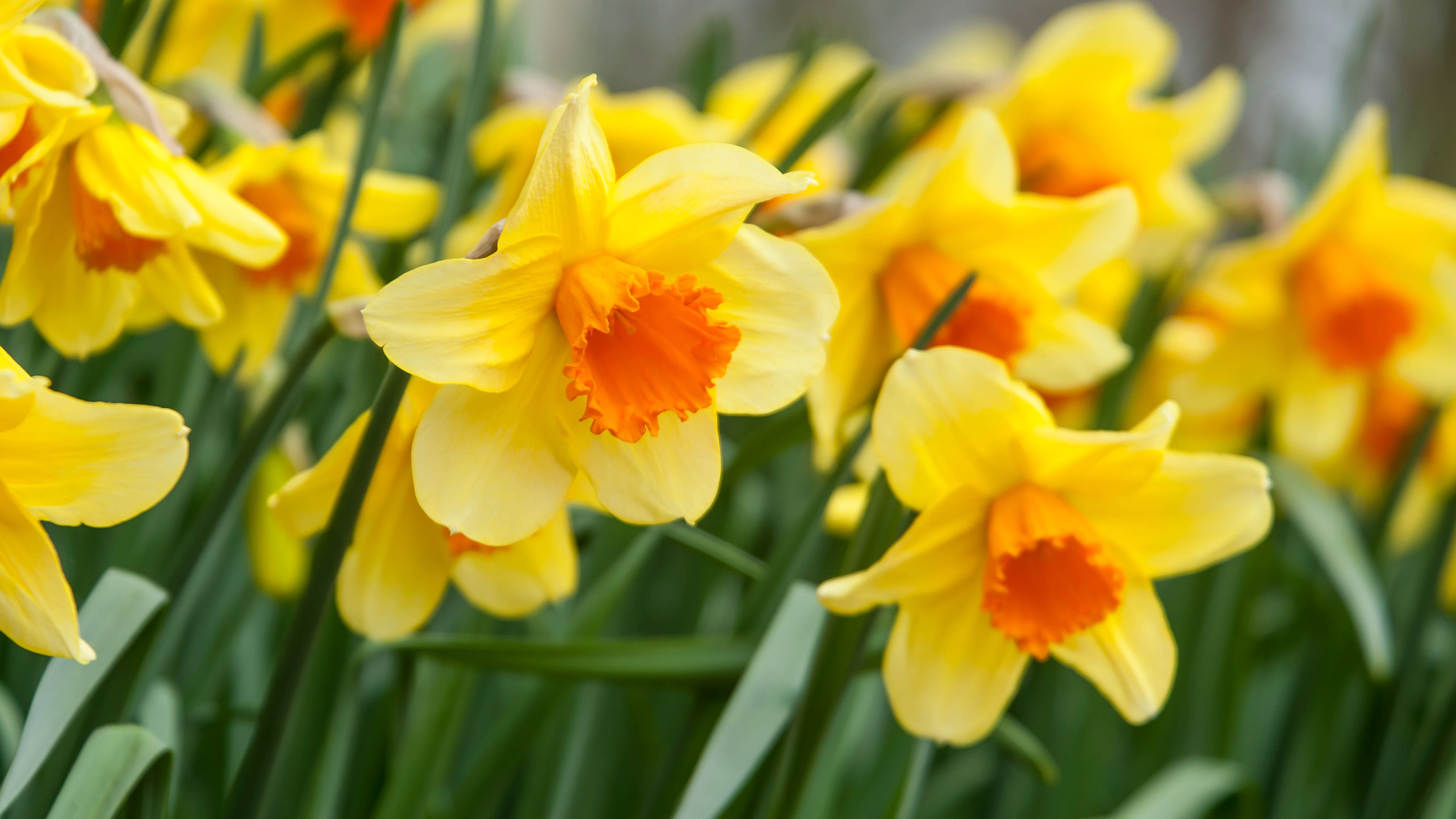
Within the vast catalog of flowering plants, there is a specific subcategory: those that grow from bulbs. Since these bulbs are hidden under the soil throughout the plant’s lifetime, it’s not always obvious which flower species has grown from seed and which from a bulb. Still, many springtime favorites grow from these large structures, from daffodils to tulips to alliums. For these flowers, growing from a bulb helps them to weather the winter and emerge vibrantly in March, April, and May.
One advantage that bulbs have against their seed-grown counterparts is that they contain all the nutrients and energy that the plant needs in order to grow, from the very beginning. This is why bulbs are much larger than seeds. Inside the structure, the plant stores food to ensure that it can survive through challenging conditions – such as harsh winters. This means that, when the plant receives the cue to emerge in the warmer temperatures, it is ready to burst forth with vigor. For gardeners, this means a near-guaranteed springtime bouquet.
Of course, bulbs aren’t all identical. Different flower species have bulbs of different sizes, shapes and colors, and they will flower at different times. It’s also important to differentiate between bulbs and other bulb-like growing structures, such as corms, tubers, and rhizomes. While they also store their energy inside underground structures, they require different care, so note that before you begin planting.
The best bulbs to plant in October for spring blooms
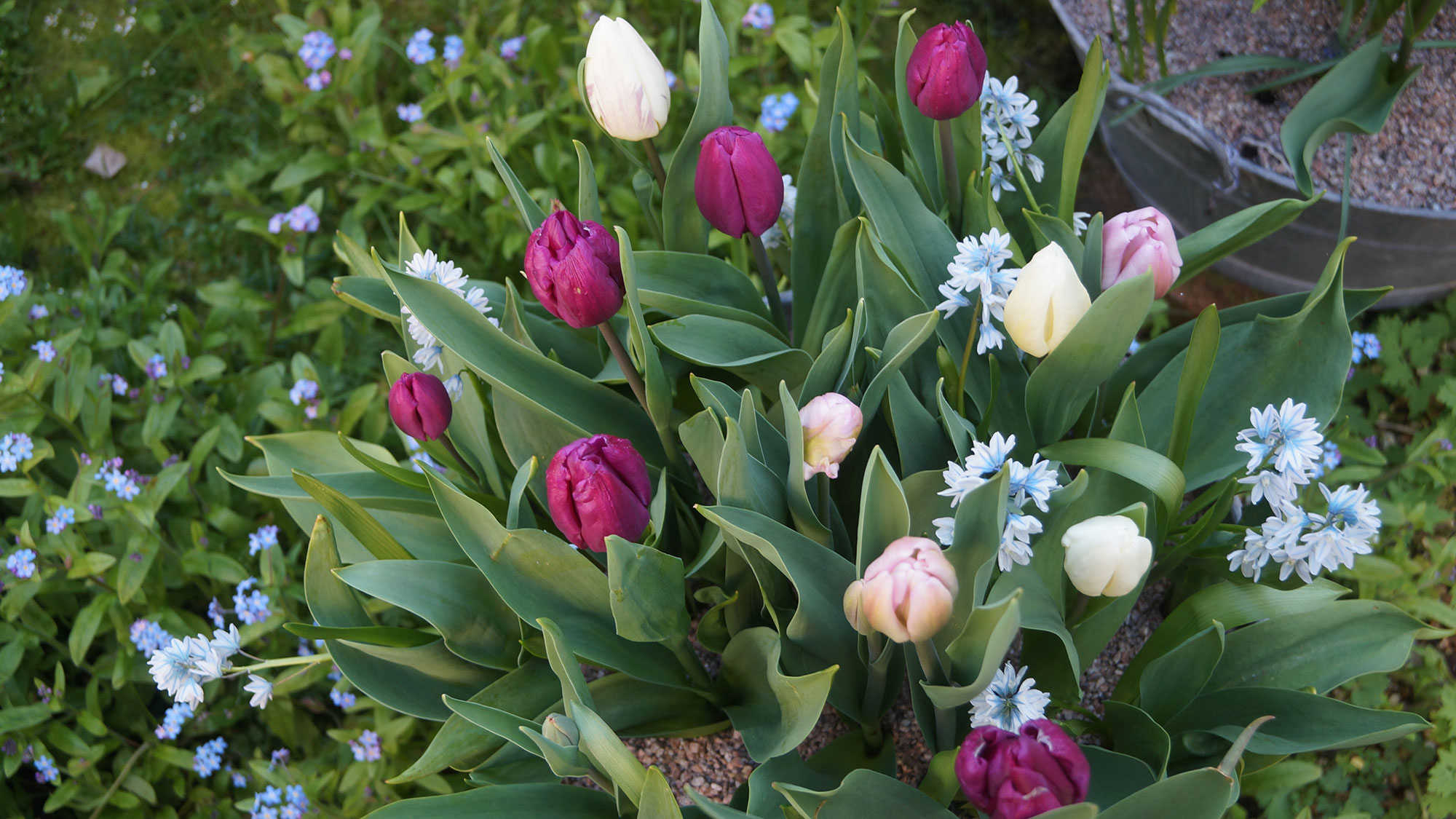
Some species that grow from bulbs reach their flowering season in the summer, so if you’re looking for spring blooms then it’s important to choose correctly. Fortunately, some of spring’s most beloved flowers originate from bulbs, so there’s a wealth of options to choose from.
The earliest flowers to break through in late winter and early spring will be the crocus and the snowdrop. These hardy plants can commonly be found in the wild, with crocus providing the first splashes of color after the gray of winter. Both of these plants can be planted in the garden in the fall, for spring blooms.
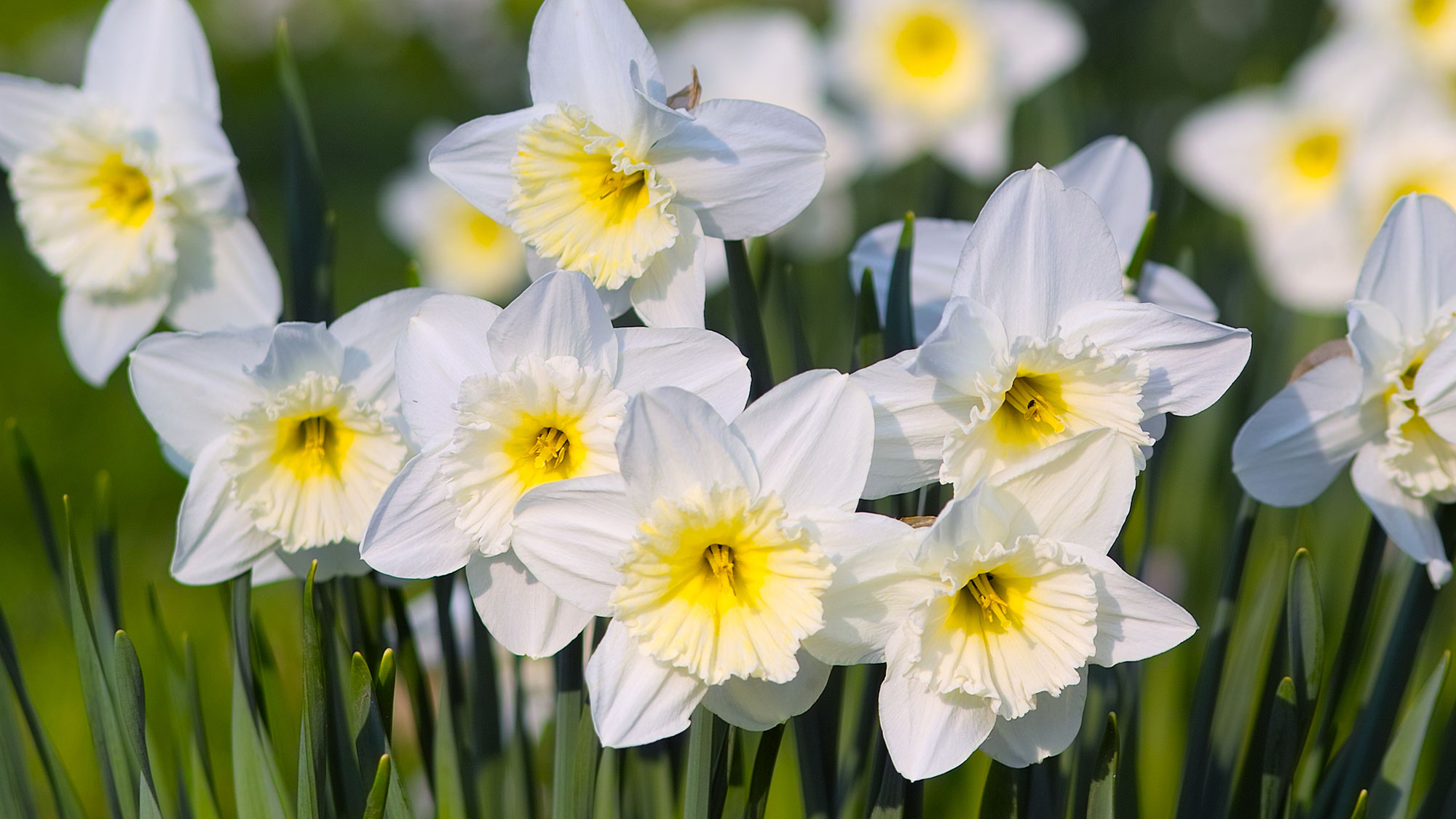
Next come daffodils and hyacinths, which commonly burst into flower in early- and mid-spring. Daffodils are distinctive for their trumpet shape and bright yellow hue, but you can also find varieties with white-and-yellow coloring. These can feel particularly cheerful after the winter and are a good way to ease color into the garden.
Hyacinths offer something a bit different, with each stem covered in small, star-shaped flowers that cluster together in a dense spike. Although not tall, the result is a saturated splash of color and fragrance.
Get instant access to breaking news, the hottest reviews, great deals and helpful tips.
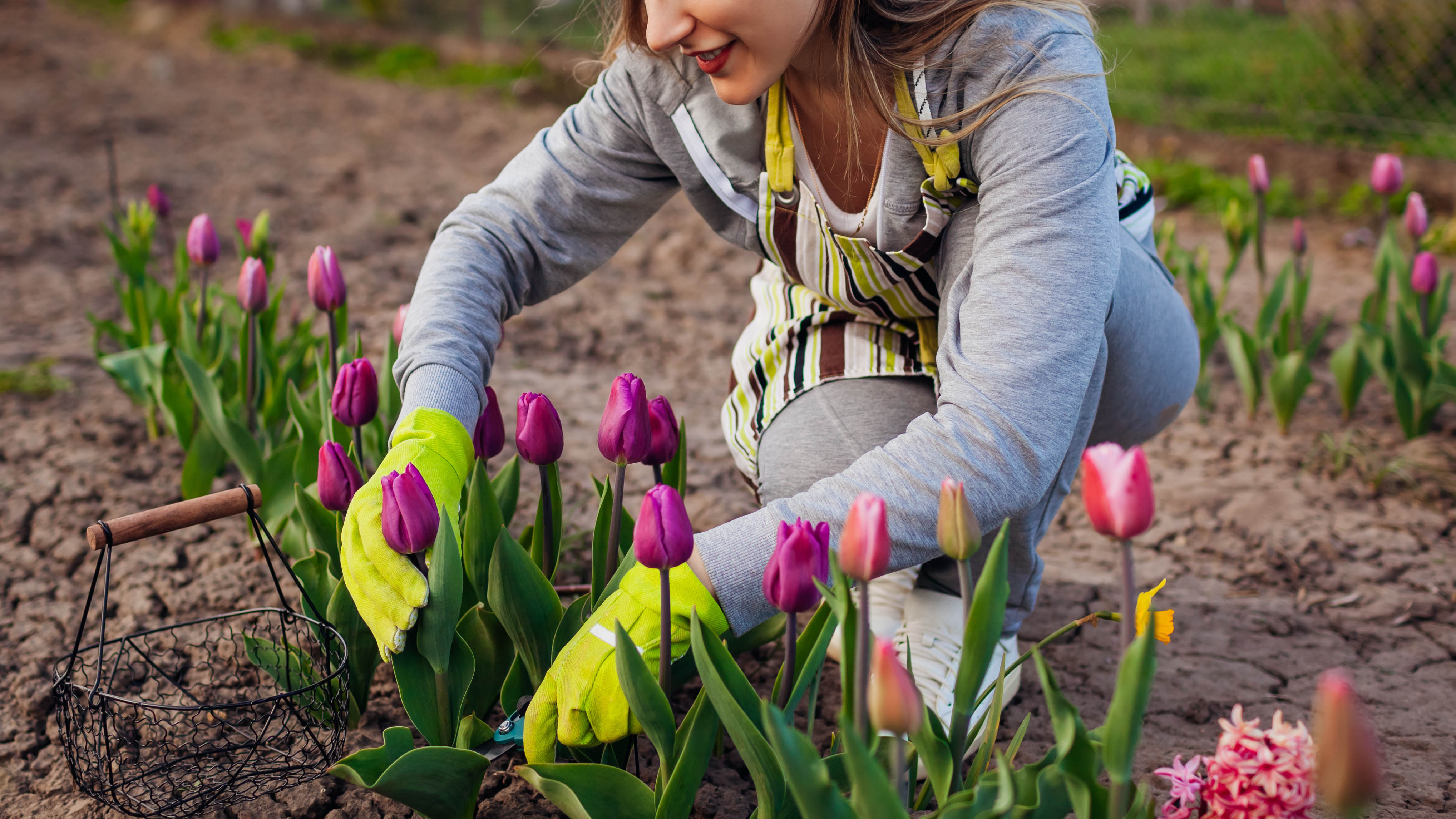
To round out the end of the season, tulips and alliums are two final favorites that will emerge in mid- and late spring. Tulips come in all kinds of block colors and multi-hued combinations, plus they look as attractive when tightly budded as they do when in full bloom.
Alliums are less well-known but just as pretty, with their round globes of tiny flowers that give the flower a fluffy effect. They are most commonly found in shades of pink and purple.
These gardening gloves provide an excellent grip and have a comfortable fit around the wrist, plus they are breathable, machine washable, and available in three sizes. They are perfect when you need medium-duty gloves that provide dexterity. Plus, they come in a pack of two.
When to plant for spring flowering
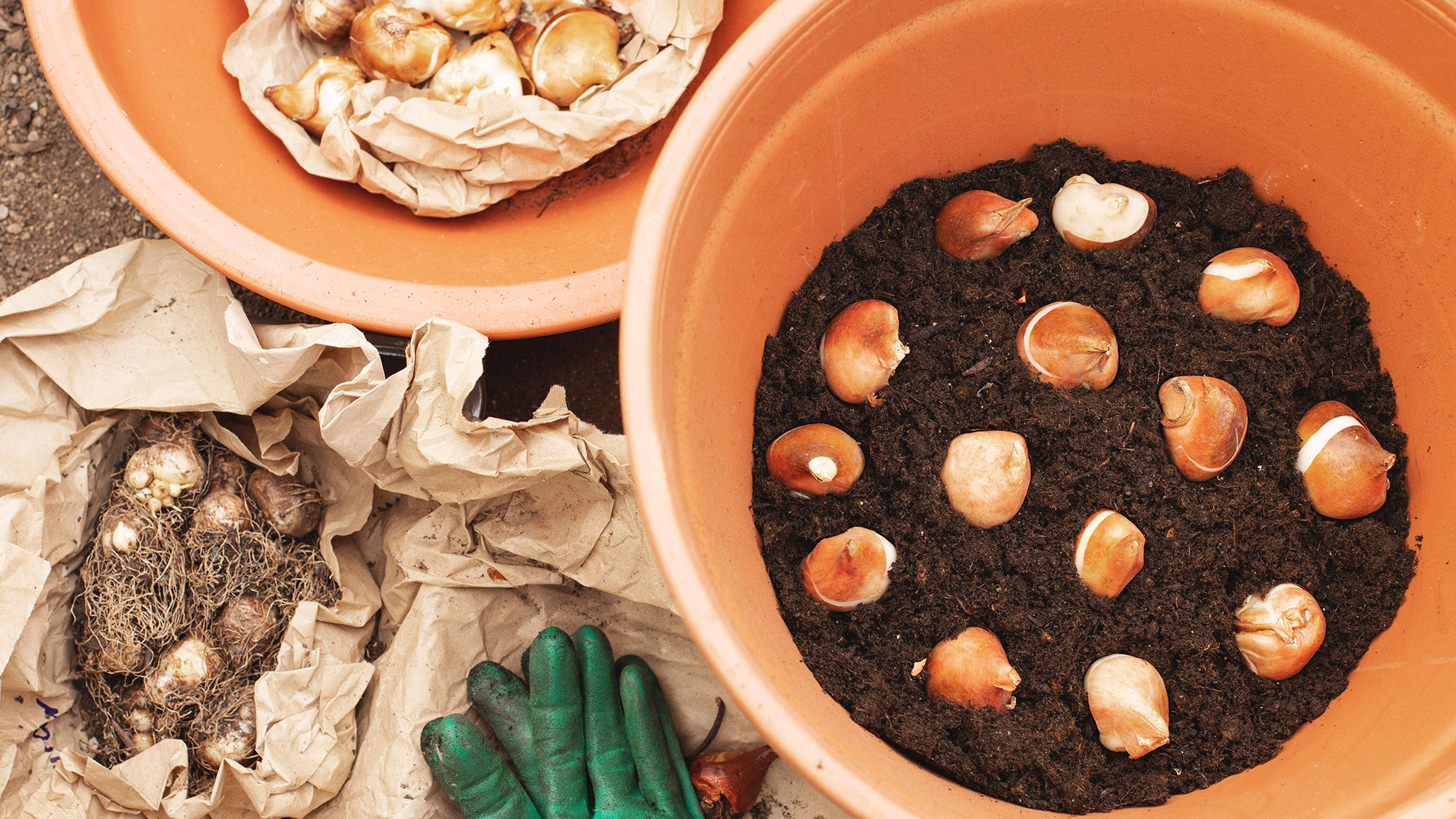
Since bulbs store all their growing energy inside them, you might think that you can plant them in the spring and get quick results – but you’d be wrong. The best time is now, in the fall.
This is because, on average, bulbs require a 12-16 week cold period before they can grow. This chilling stage signals that it is wintertime and puts the plant into a state of dormancy, so that it focuses its energy inwards and downwards (rooting). The cold also triggers a physiological process called vernalization, which prompts changes in the gene expression that controls flowering. Through vernalization, the bulb develops its ability to quickly flower when temperatures begin to rise in the early spring, even after weeks of cold exposure.
On average, bulbs require a 12-16 week cold period before they can grow
To establish a suitable cold period for your bulbs, you will want to plant the bulbs 3-4 months before the intended flowering. More northern regions should do this in September and October, while warmer southern regions can wait as late as November; the aim is to wait until temperatures drop below 60 degrees Fahrenheit. If your local environment won’t maintain cold temperatures for 12-16 weeks, you can “pre-chill” the bulbs by placing them in ventilated bags at the bottom of the fridge until it is the right time to plant.
How to plant bulbs
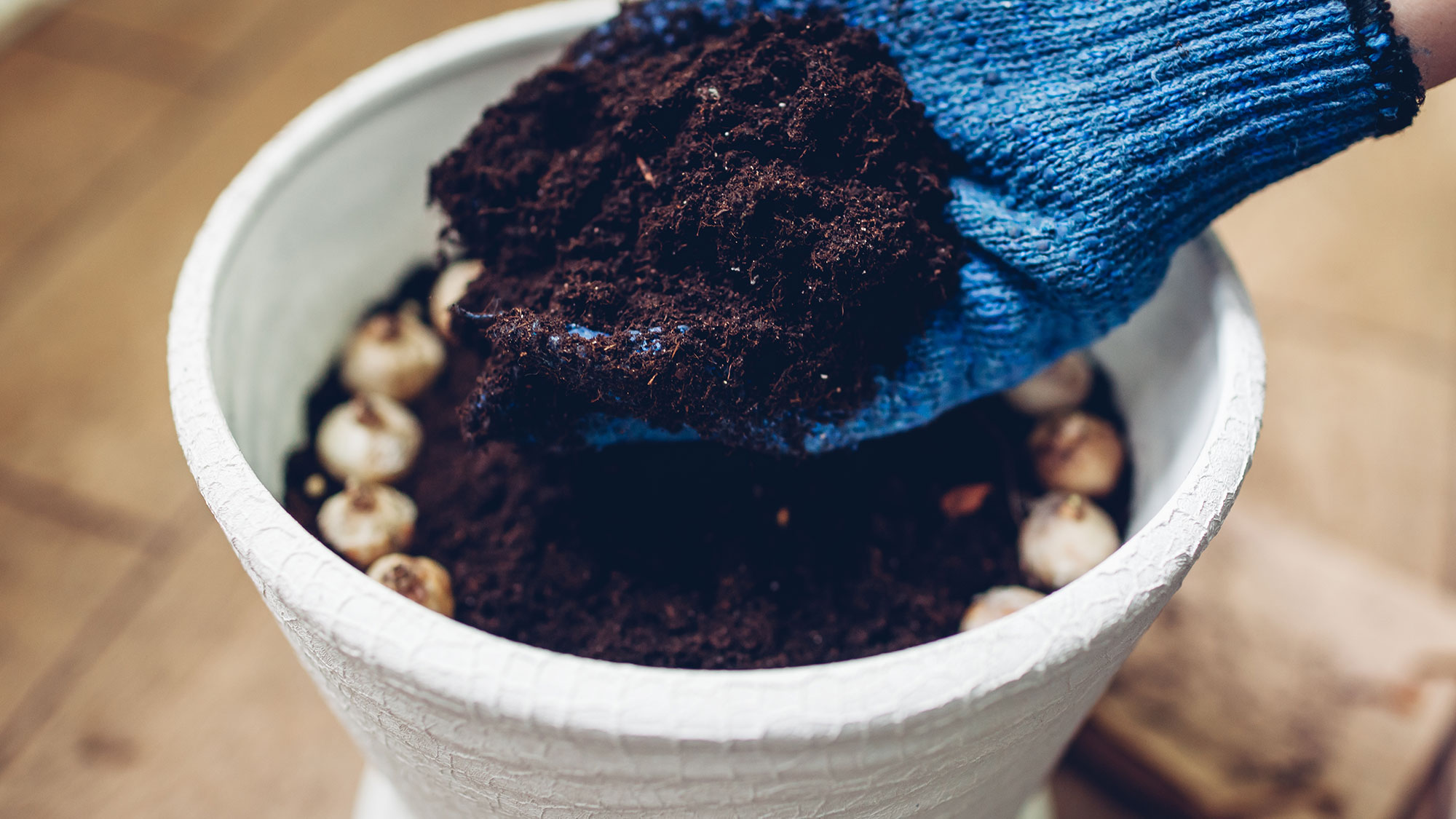
First, choose your spot. Most bulb-grown plants enjoy plenty of sunshine, so aim for a location with at minimum partial sun. You can plant bulbs under trees or in drifts, as long as this doesn’t block all sunlight. In terms of soil, bulbs prefer good drainage and it is recommended to add some compost to the soil to prevent rot over the winter.
Now you’re ready to dig. Bulbs need to be buried at a much greater depth in order for the plant to root down and stabilise itself. To determine how deep to plant the bulb, first measure its largest diameter.
Smaller bulbs (those with diameters less than 2 inches) should be planted at depths 3-4 times their diameter. Larger bulbs should be planted at depths 2-3 times their diameter. Make sure that the bulb tip is pointing upwards, the roots downwards, when you place it in the earth. Cover firmly with soil and water to set in place.
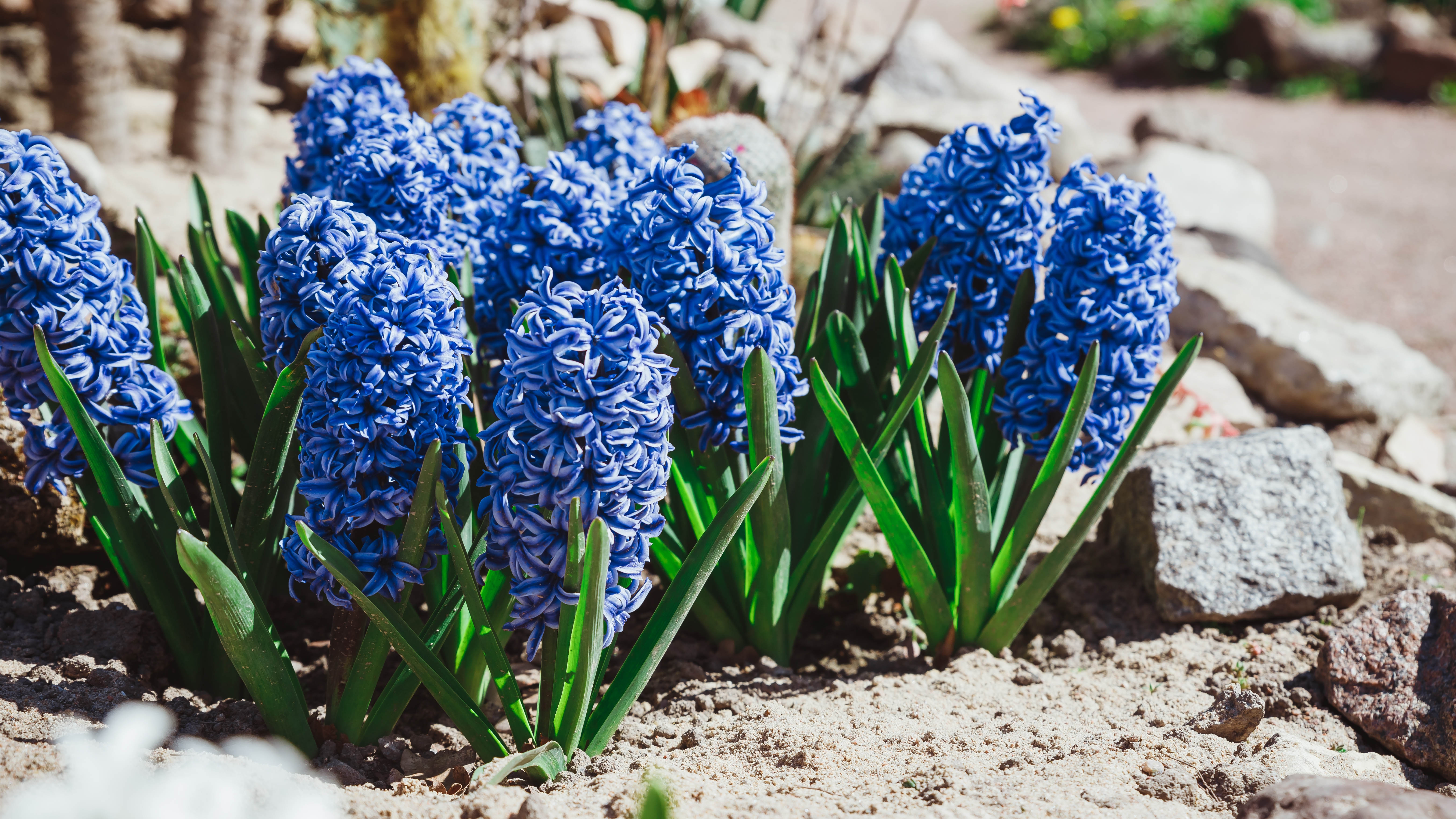
Note: some suppliers will pre-chill their bulbs in advance, so check to see if this has already been done before you plan your planting.
How you space the bulbs out will depend on the size of the plant you are growing. Some people like to scatter bulbs across the garden, to create a natural effect as seen in forests or parks, but it is generally recommended to plant them in a more ordered pattern so that you remember where they are and don’t disrupt them.
Once you’ve finished planting, the hard part is over! Most bulbs will need minimal care and maintenance over the next few months, save for some weeding. Natural rainfall through the winter should be sufficient, but you may supplement with watering if the season is uncommonly dry. You might also want to apply a layer of mulch if your winters are particularly cold.
You might also be interested in should you prune hydrangeas in October? Here's what the experts say.
Follow Tom's Guide on Google News and add us as a preferred source to get our up-to-date news, analysis, and reviews in your feeds. Make sure to click the Follow button!
More from Tom's Guide

Despite making her home in urban metropolises, Madeleine Streets has been nurturing a green thumb for decades.
Raised by a garden designer, she is putting that childhood education to use by helping others learn how to make their garden bloom, while filling her own New York home with cat-friendly plants.
When not writing about gardening and the outdoors, Madeleine loves to cook, study wine and borrow books from her local library.
You must confirm your public display name before commenting
Please logout and then login again, you will then be prompted to enter your display name.

